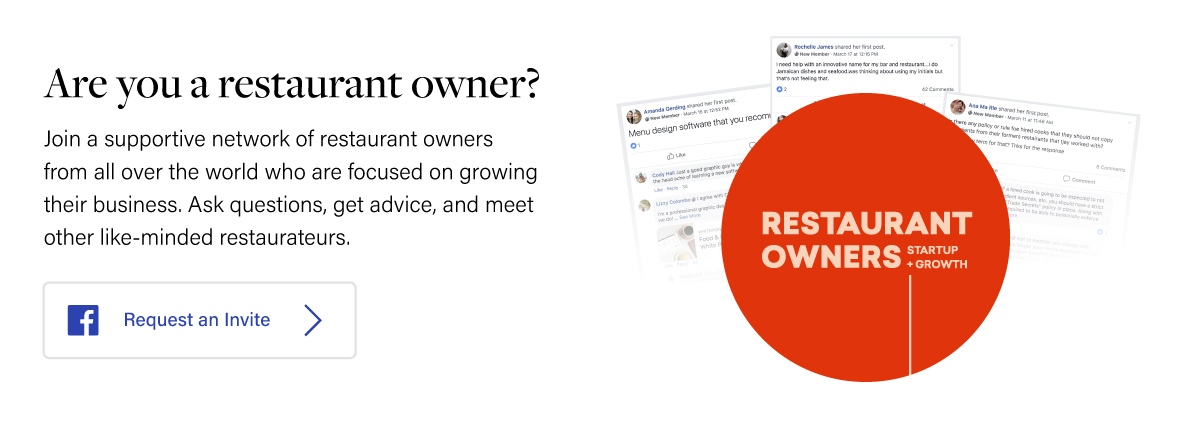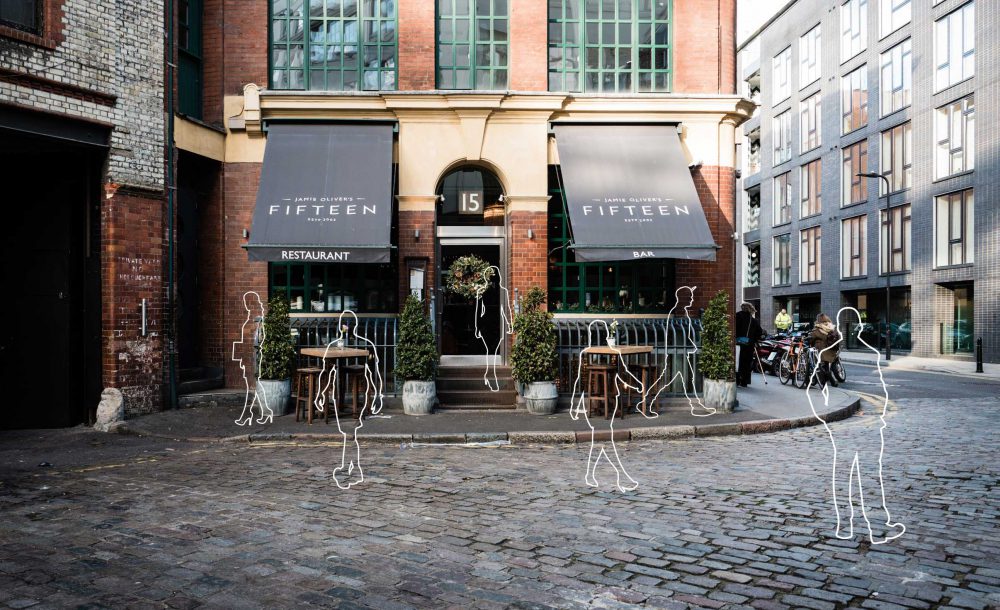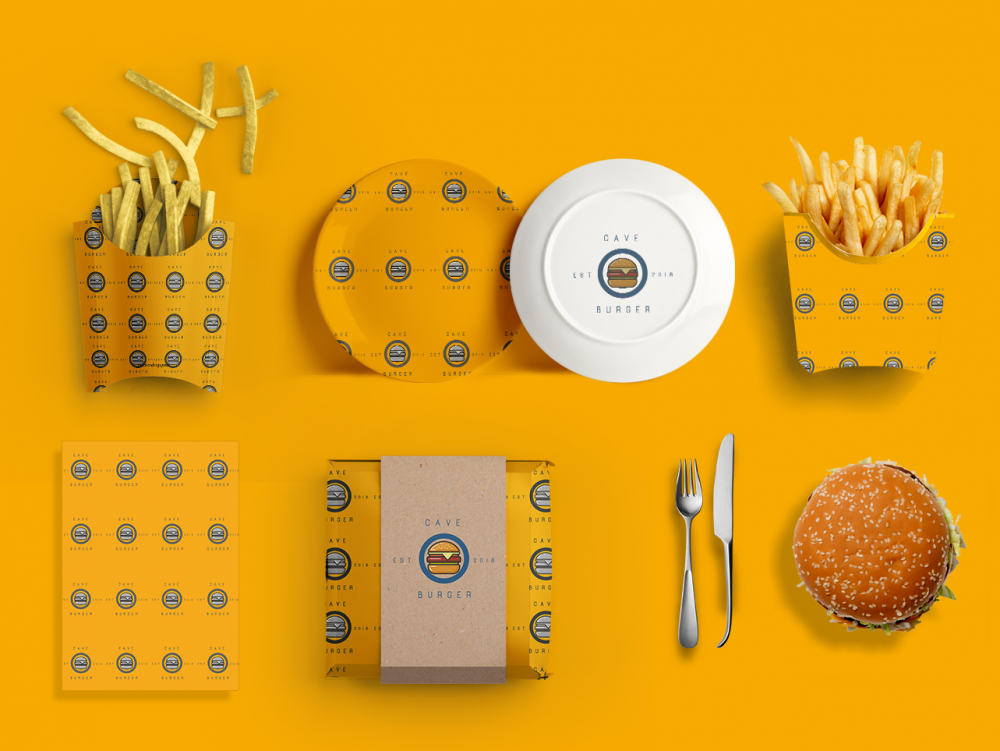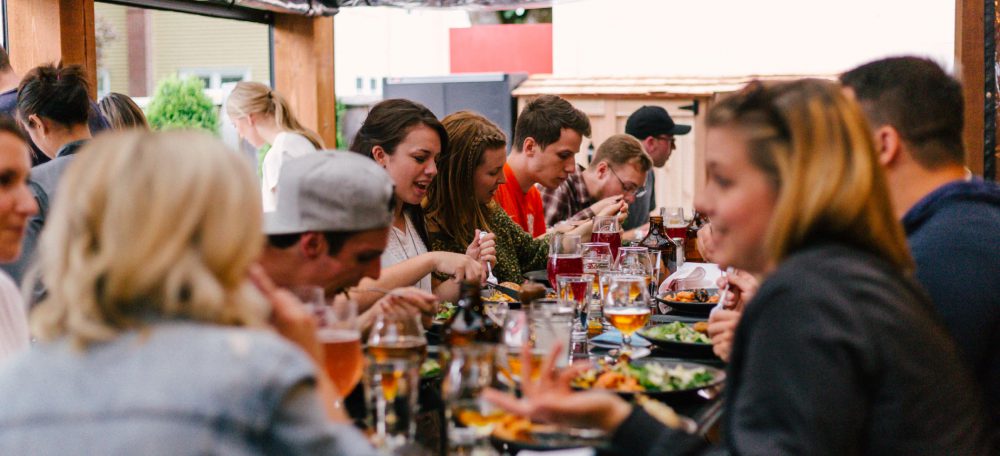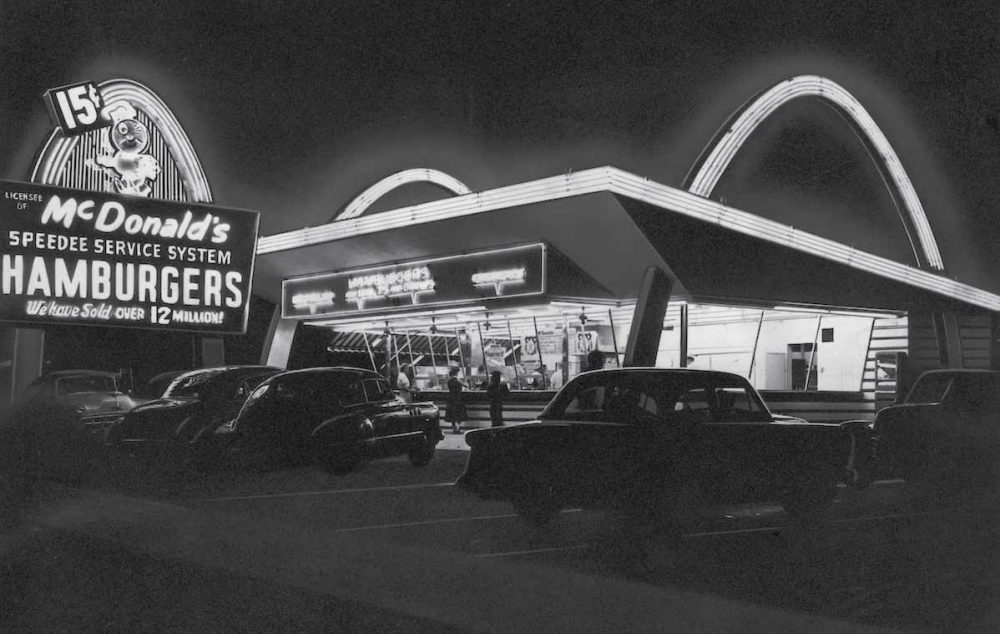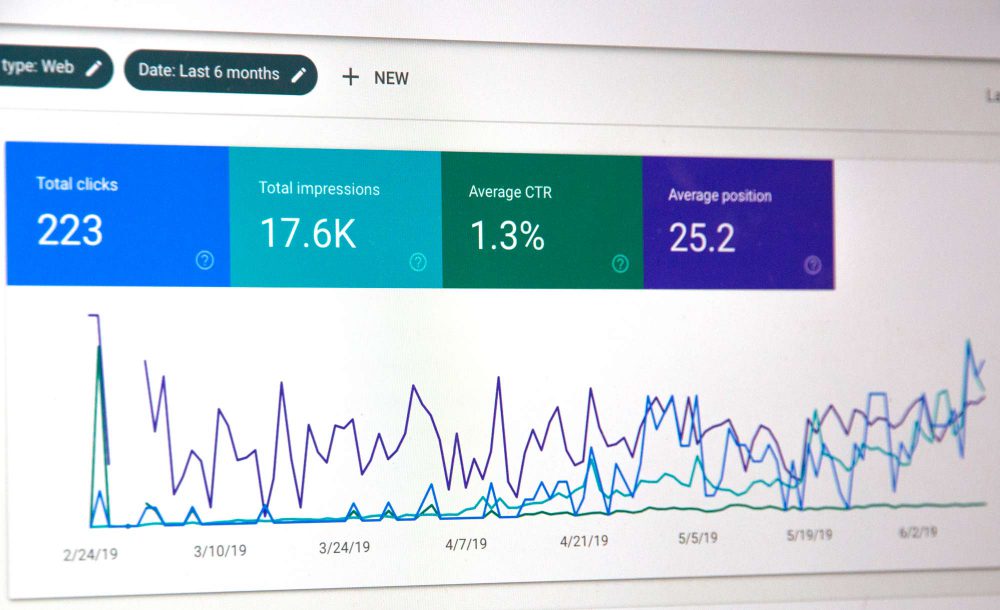6 Fatal Mistakes That Restaurants Commonly Make – and How to Avoid Them
December 12, 2018
Jeremy Wells
As restaurant brand experts, it is safe to assume that we genuinely love everything about restaurants and the strong-willed, creative people who run them. If you’re ready to unveil your own brand, then we really want you to prosper.
It’s commonly said that 90% of restaurants will fail within their first year, and although that isn’t entirely true, it is true that new restaurants are much more likely to fall than established restaurants. In fact, 60% will fail within the first 3 years of opening their doors.
60% of restaurants will fail within the first 3 years of opening their doors.
With an ever-increasing world of consumers who are brand-conscious, we see first hand that whether a restaurant sinks or swims is largely dependent on the quality of their brand strategy and identity. However, we also realize that most restauranteurs are very busy, wearing multiple hats, working long hours – and most aren’t branding experts. This means errors are often made, or things overlooked regarding their brand strategy.
Because of this, I have pulled from our team’s experience in helping hundreds of brands over the last decade, and I’ve put together a list of the 6 most common ways restaurants fail at branding – and how to avoid them. I hope you find it insightful, and that this article will help you identify and steer clear of these potentially harmful missteps.
1. Forcing Your Story
At the root of any great brand is your story. This isn’t just a cliché word either; our story gets us through ups and downs. It gets us up every morning and gets us excited about what we do. It makes our brand authentic. However, a problem occurs when a leader tries to push their passions onto their team members, or other partners. People have their own passions, their own pursuits, their own desires – their own story. If you aren’t able to clearly tell your story and relay your vision, then challenges will inevitably come. This is one of the most common ways that restaurants fail – building a culture centered around a single vision.
Avoid this Mistake:
- Having open and honest talks with everyone on your team
- Discovering how to encourage and excite your team members
- Identifying areas where your team’s vision isn’t aligned with yours, and also finding commonality
- Leveraging the things you learn about your team to shape your brand and your vision so there’s a better chance at energizing and motivating your team
2. Following Restaurant Trends
Trends will come and go – this always been, and always will be, the case. Inevitably, there’s always one shiny new concept that attracts the most attention and stands out among the rest. Restauranteurs will flock to this concept, and before you know it there’s a vegan burger restaurant on every corner.
Don’t get me wrong, it’s not always a bad thing to launch a concept based on a trend. You’ll even find restauranteurs attempt to take a new spin on a trend – “vegan burgers with a new twist!” As irresistible as it may be, following trends isn’t always the best decision.
You don’t want to appear second-best.
The real problem lies in the fact that a trend is set by the leaders, and it’s hard for consumers to see any new attempt as anything other than an “imitator.” You don’t want to appear second-best. This is a very difficult position for a restaurant to dwell in because you’re forced to compete on price or availability alone. If you’re not careful you’ll be lucky to survive, let alone thrive.
Avoid this Mistake:
- Do your research on the market before launching
- Find a concept that will be unique and viable in your market
- If you’re trying to start in an existing category pin-point the category leader
- Figure out what you can offer to your customers that can special and differentiate you from the leader
- When you discover your unique position, follow through and be consistent. Pretty soon you’ll be the leader in your own industry.
3. A Confusing Restaurant Concept
On the other end of the spectrum, sometimes restaurants try something so unique and out-of-the-box that it causes more confusion and harm than anything. Usually, this approach is thought to differentiate them against the competitors and establish their own completely unique category. The problem is that when your primary goal is simply “be different,” you risk alienating your customers.
People usually pick where they eat based on their own understanding of existing restaurant categories. When your concept doesn’t fit the mold of any common restaurant category, it’s easy to be overlooked by customers. Being unique can be beneficial, but if you can’t communicate it clearly to your audience, your “uniqueness” will fall on deaf ears.
Avoid this Mistake:
- After you find a good opportunity in your market, think about how you’d want a new customer to explain the experience and the food to their friend.
- Is it hard to understand? Could people easily explain it?
- If your unique concept is too confusing for you to explain, it’ll be much more difficult for your customers to explain
- Spend time to clarify your concept until it’s so simple a child could explain it
4. Naming Your Restaurant
Picking a name for your restaurant is often a huge creative endeavor of its own. Restauranteurs love to see their dream becoming real, but too often that can lead to making rushed decisions. This happens a lot in naming a restaurant.
There are two ways that this problem commonly occurs: first, the name is decided well before any sort of brand story or strategy is in place, which can cause great confusion if there is anything misaligned once the brand strategy is in place. Second, the name isn’t available which leads to picking a name that isn’t future-proof or will cause huge headaches with trademarking down the road.
Avoid this Mistake:
- Develop your name with the help of a naming or branding agency which has this as a part of their brand development process
- If you can’t do that, simply use a temporary “working name” until your strategy is defined and ready to go
- In order to avoid any trademark issues, be sure to have an attorney review your name, and give it the “okay.”
5. Too Focused on a Logo Alone
Your brand isn’t your logo, it is your reputation. It’s how the public perceives you. It’s created by what you say, how you look, and what you do. Simply put, your words, look, and actions need to align, or you’ll be causing harm to your brand.
This is where many restauranteurs fail. Creating a brand for your restaurant is much, much more than creating a pretty logo. In order to create a wonderful experience that will turn your customers into raving fans, you need a brand strategy and identity that will make an impact. A comprehensive and cohesive brand identity system for your restaurant can tell the story much more effectively than if you only had a logo and a handful of colors.
A first impression is everything, and you won’t get a second chance.
A first impression is everything, and you won’t get a second chance. Putting a logo on your doors and saying your restaurant is “branded” won’t draw in more customers – especially those who have a keen sense for good design and aesthetic.
Avoid this Mistake:
- Hire an experienced brand strategist or agency to design and develop a comprehensive visual identity for your brand
- Be sure that you have a guideline book created to ensure visual consistency with all future touchpoints
- Use this new system as a filter to ensure that you’re creating a memorable and consistent experience for your customers
6. Ignoring Your Target Audience
This is one of the most common mistakes that we see restaurants make. Restauranteurs will often spend so much time thinking about their restaurant as they are creating it, that they completely forget to be mindful of who their customer will be and how to attract them.
We’ve posted about this in another article (related to hotel branding), but it goes back to the mentality from the popular movie, “Field of Dreams.” In that movie, a baseball field is built on the simple idea that, “if you build it, they [ghosts of famous baseball players] will come.” It makes for a great movie, but a terrible business strategy.
Your customers aren’t ghosts. If you don’t know your customer, you’re not going to have a clear plan of how to get them excited about your restaurant. This makes it very difficult to create a brand experience that will resonate with anyone, let alone the target audience that exists only in your mind.
You may be building an entire restaurant concept based on a customer that doesn’t exist
Another problem that could arise is that without thinking about a target customer, you may be building an entire restaurant concept based on a customer that doesn’t exist. This will result in the swift death of a restaurant and is a common culprit in many restaurant failures we’ve seen. Your customers will only come if you are providing something they’ll care about, and your brand strategy is focused on them.
Avoid this Mistake:
- Take time to sit down and understand your customer
- Create customer personas that are a mixture of demographic information and experienced-based information
- What do your customers care about? What negative things are they trying to avoid?
- Ensure that as you are defining your restaurant concept, that these customer personas are at the front of your mind
7. Going it Alone (Bonus!)
The benefit of working with a brand agency, like Longitude, who specializes in restaurants, food, beverage, and hospitality will help you develop a restaurant concept like no other. We help guide you through the difficult journey and tumultuous terrain of building a powerful, influential, and profitable brand for your restaurant. Let the restaurant branding experts at Longitude help you avoid these fatal mistakes and turn the vision for your restaurant a reality.
Don’t attempt to go it alone. We’d love to help.
Avoid this Mistake:
- Contact us and one of our restaurant brand guides
- Email us at info@longitudebranding.com
- Take advantage of our free resources
Jeremy Wells
Partner at Longitude°
Jeremy is the author of Future Hospitality and Brand Strategist at Longitude°. As a member of the Education Committee for The Boutique & Lifestyle Leaders Association (BLLA) and a content contributor to Cornell University’s Hospitality Vision and Concept Design graduate program, he is a committed thought leader in hotel branding, concepting, and experience strategy.

